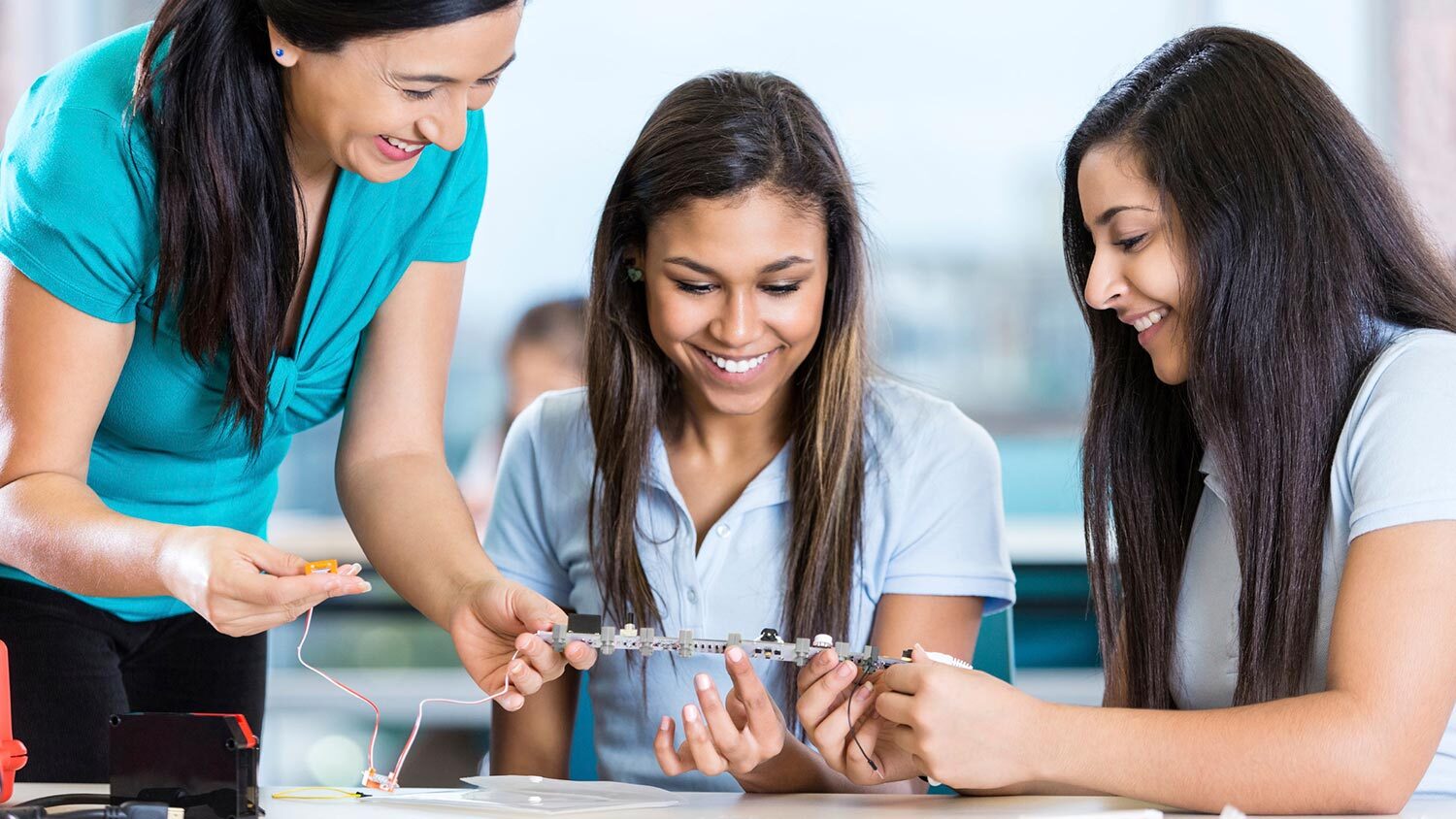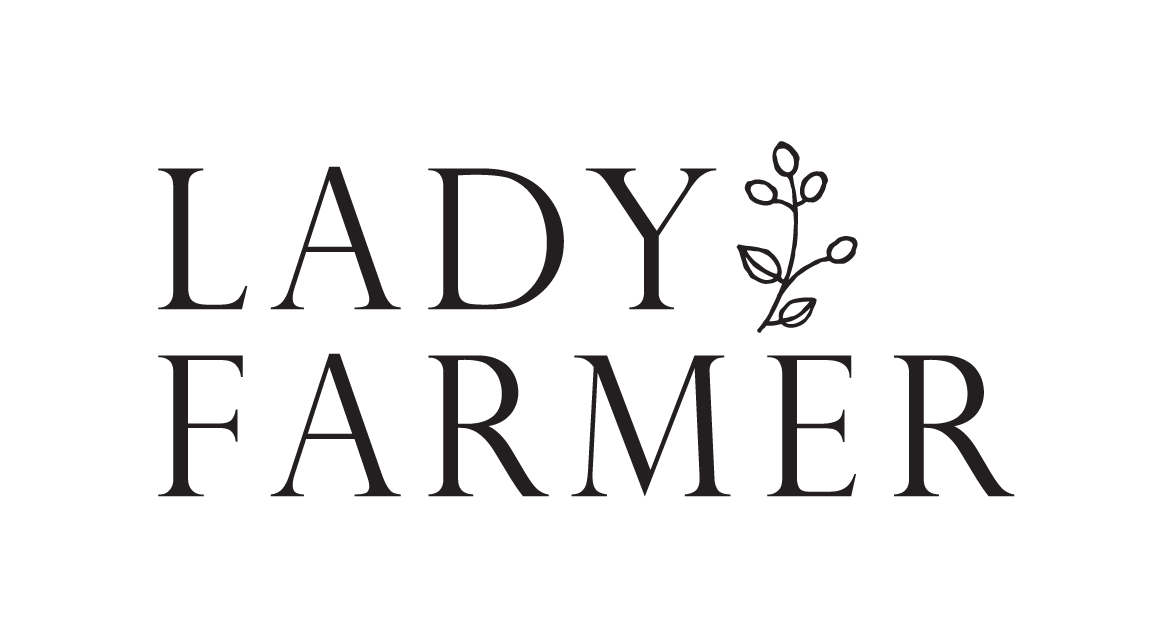A Framework for School-Based Apprenticeships

When is the last time you or your students had a chance to participate in a meaningful apprenticeship?
Last year my wife Joy welcomed an apprentice, Emma, to join her in her work making beautiful environments. Emma came to us (in Boston) from Maryland via France. She brought her own learning goals and worked closely with Joy over the span of 10 months. Together they organized photo shoots, designed interiors, orchestrated events and seminars, marketed products, published thought leadership pieces, and more. At the end of the year, Emma launched her own business, reporting that the skills and knowledge she gained from her apprenticeship have been critical to her work.
Halfway through my wife’s and Emma’s year of work together, I serendipitously read what many consider to be a seminal piece of education research on apprenticeships and deep learning: The Means to Grow Up by Robert Halpern. Halpern’s piece reads like a checklist of ingredients needed for a top-notch apprenticeship recipe.
Broadly, Halpern states,
“There are correspondences with apprenticeship in almost every dimension of good learning environments.”
Specifically, he contends that apprenticeship fits nicely into a teaching and learning framework that includes six components.
The first component of an apprenticeship-friendly learning environment is task structure, or what the apprentice actually does.
Halpern lists five characteristics of the ideal tasks for apprentices:
- Apprentices face open-ended problems and shifting variables;
- The apprentice must identify key sections and determine dimensions of key tasks;
- Tasks are characterized by real-world realities and limitations;
- Tasks in apprenticeship have a sense of intentionality; and
- Tasks often require use of the whole self, different senses, and physical, emotional, and cognitive skills.
In Emma’s case, my wife gave her multiple different projects to complete, ranging from editing content to assisting on photo shoots to making videos and more. Not only were they real-world and purposeful; they were diverse and complicated. “Joy did not want to give me pointless things to do that I couldn’t learn from,” Emma said. “When I learned most from her was when she would lob a project at me entirely and say, ‘Want to try this?’ with little further instruction. It was never ‘You’re not ready for this.’ She was always really open with me and I appreciated that.”
A new kind of teacher planning is required if students in schools today are going to perform interesting, real-world, open-ended tasks like the ones Halpern describes and Emma appreciates. Though it takes a shift in mindset, it’s possible for educators to see themselves as liaisons between students and real-world realities and to teach standards—be they content or skills—in service of a open-ended problems.
The second thing that is true of learning environments that are welcoming to apprenticeship is something Halpern calls “production as curriculum.”
In other words, curriculum in apprenticeship is embodied largely in the work, in the skills, practices, and products of that work—not the study of a subject or subjects. This idea has its origin not just in what engages kids, but in the belief, as Halpern puts it, that “young people have much to contribute to our common life.”
In addition to having Emma make things that my wife wanted, my wife let Emma make things that she herself wanted to make…projects that were valuable to her and to the world. Emma lent a hand for a friend’s wedding, coached another friend to build a nonprofit for refugees, and helped yet another friend start her own business as an illustrator. Emma did a good amount of personal work, and my wife saw it as a way for her to process her own values and to apply the knowledge and skills she was learning.
Let’s consider for a moment: In a given week, what are we asking our students to produce at school? How much of our curriculum is production? And how much of what students produce connects to their own goals and what the world needs?
Some of this comes back to planning. Schools that have gotten good at “production as curriculum”—schools such as Vida, D4i, and iDiploma—habitually cycle between having students set goals based on passion and crafting learning environments that simultaneously afford students space to pursue their goals and also encounter the requisite standards from each academic discipline.
Maybe most of this comes back to worldview: What do we think youth are actually capable of, and how does that impact the work we give them? Halpern insists,
“Instead of treating youth matter of factly, we alternatively romanticize, infantilize, and scapegoat them. We trivialize the things that they take seriously and all but ignore their idealism. We isolate youth from the fullness and complexity of the adult world and then complain that they are unprepared for it. We have reduced the scope of activity in which young people might feel useful, and then proceeded to mourn the loss of the useful child.”
Halpern’s third and fourth components of an apprenticeship-friendly learning environment are experience and organic assessment.
Halpern notes that learning for the apprentice occurs through experience—that is, through trial and error, practice and repetition, and “increasingly close approximation.” After experience, Halpern suggests, there is a place for organic assessment. Specifically, assessment in apprenticeship focuses on practice and the products of that practice, such as plans, corrections, working notes, ledgers, drafts, dead ends, unfinished works, and new iterations. Further, assessment is often instructional rather than summative, meaning it usually takes the form of feedback pointing out elements that might need more work or correcting errors.
For Emma, having many chances to improve her work, and feeling empowered to do so, was key. My wife regularly looked at Emma’s work, talking her through it, and pointed out what were the best parts of each project and why.
Schools that are skillful in experience and organic assessment are filled with educators who give students practice at failing and trying again, and who foster a school culture where this is the norm.
The fifth component of an apprenticeship-friendly learning environment is setting, or where a particular discipline, craft, or art form is practiced.
“Just as learning and producing are interwoven,” Halpern says, “the learning environment is embedded within—and for all practical purposes is—the production environment.” Put simply, good apprenticeship settings will include the materials that define and advance the work.
While it’s true that Emma’s setting included sets, shops, workshops, and events, the vast majority of her work was done in my wife’s home office—where she had everything she needed to advance the work.
Arguably, nobody puts students in the right setting better than the Cristo Rey Network, whose integration of academics and professional work is exemplary. But thanks to the makerspace movement, a quick search online reveals how school networks with less flexibility and less mobility can surround young people with the “stuff” they need to meld their learning with producing. The bigger point of course is that providing students with materials and supports to pursue meaningful tasks takes careful planning, and shouldn’t be overlooked.
Another critical aspect of setting, Halpern proposes, is the tenor of the apprenticeship. Halpern recognizes that the climate in apprenticeship settings varies but is typically serious, somewhat intense, but not tense.
For my wife, achieving this balance was tricky because while the stakes of her work were real both for family (e.g., income and work hours) and clients (e.g., work product and professional reputation), she loves to laugh and doesn’t over-commit. Of the tenor of the apprenticeship, Emma remembers feeling “My apprenticeship was relaxed and low intensity. It required self-starting from my end, but I was okay with it since that’s pretty much how I operate anyways.”
Attaining a “serious, somewhat intense, but not tense” tone in schools is doable, but students must be deeply interested and involved and not feel overwhelmed. Education research on flow theory suggests that schools can foster “flow experiences”—i.e., students losing a sense of time, realizing immersive concentration, leveraging personal strengths and interests, and gaining personal joy—by blending challenging work with tasks in which students themselves find great value and through which they express themselves. If this is true, then teaching teachers to design appropriately challenging tasks that elicit student interest, creativity, and voice should be the new frontier of professional learning.
Lastly, Halpern explores the role of the adult and lists a series of critical mentor moves that foster deep learning.
When it comes to high leverage practices, Halpern’s list is pure gold. He breaks them up into “Getting started,” “Teaching by walking around,” and “Being an experienced collaborator.” Here’s his full list of mentor moves:
Getting started
- Teaching in apprenticeship, typically, involves generous instruction, correction, and assistance at the outset, declining as apprentices gain proficiency.
- The teacher or mentor is more active early on in structuring learning tasks.
- For more experienced apprentices, the teacher’s / mentor’s focus shifts to encouraging. self-initiative, introducing qualitative dimensions of a field, fostering professionalism and identity.
- Teachers or mentors begin to discuss the subtleties of work in a field.
Teaching by walking around
- Some instruction takes the form of feedback as the apprentice works on a task.
- Both teaching and feedback may take the form of demonstration.
- Teachers or mentors direct apprentices’ attention to particular dimensions of a task, process, or product.
Being an “experienced collaborator”
- The adult sometimes acts as an “experienced collaborator.”
- Teachers or mentors use their own work as examples.
- Teachers or mentors share their aesthetic with youth, which may serve as youths’ own initial aesthetic.
- Teachers or mentors will discuss what it is like to work as a professional in the discipline at hand.
- Teachers or mentors may also connect apprentices to the tradition in which they are working; for example, a group of lamp-making apprentices working in the arts and crafts style learn about and visit houses designed by Frank Lloyd Wright.

The above list is a tall order, and my wife admits being anything but the perfect mentor. Emma herself brought substantial experience and skill into the apprenticeship, and after 10 months of living with us, she moved to Maryland and launched her business: Lady Farmer, a sustainable apparel company for women who care about the environment.
“Overall, the quality experiences I did have, and the little bits I picked up along the way by simply being present with Joy and her work, really gave me the confidence and baseline knowledge I needed to turn around and start my own brand,” Emma said. As a proud husband familiar with his wife’s work, I saw real time learning unfold through a meaningful apprenticeship. And as a parent and educator, I wonder, how might we achieve apprenticeship-like opportunities for P-12 students at scale?
Aligning a school’s learning environment with Halpern’s framework for meaningful apprenticeship would no doubt have ripple effects on all aspects of the school blueprint—including roles, partnerships, facilities, budget, schedules, curriculum, and more. But to the extent that we as educators can create these apprenticeship-like experiences for our students, we will be providing valuable experiences for youth that, Halpern affirms, “might counter fears, ground free-floating fantasies, and offer a nuanced picture of the possibilities, diversity, and complexity of the adult world.”
Follow the conversation about school redesign: #TranscendEdu.

At Transcend, we believe that breakthrough school models will make eight great leaps from the old design of schools. Of the eight, the fifth explores the role of the educator and envisions a world where professionals other than the teacher — who often work in isolation — shoulder collective responsibility for student learning.
In this post, Transcender Tyler Thigpen focuses in on one such youth-adult partnership — the apprenticeship-mentor relationship — and shares research that illuminates the qualities of effective apprenticeship opportunities for PreK-12 students.
Transcend supports communities to create and spread extraordinary, equitable learning environments.

